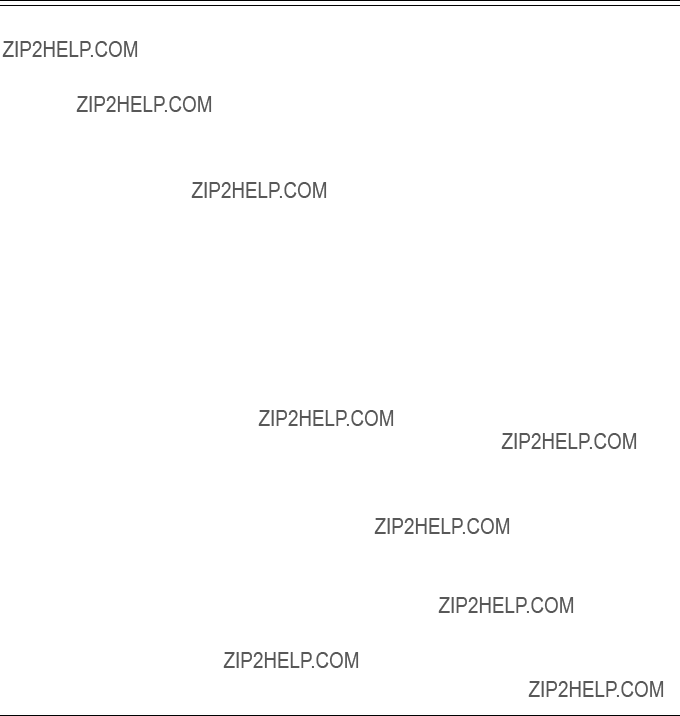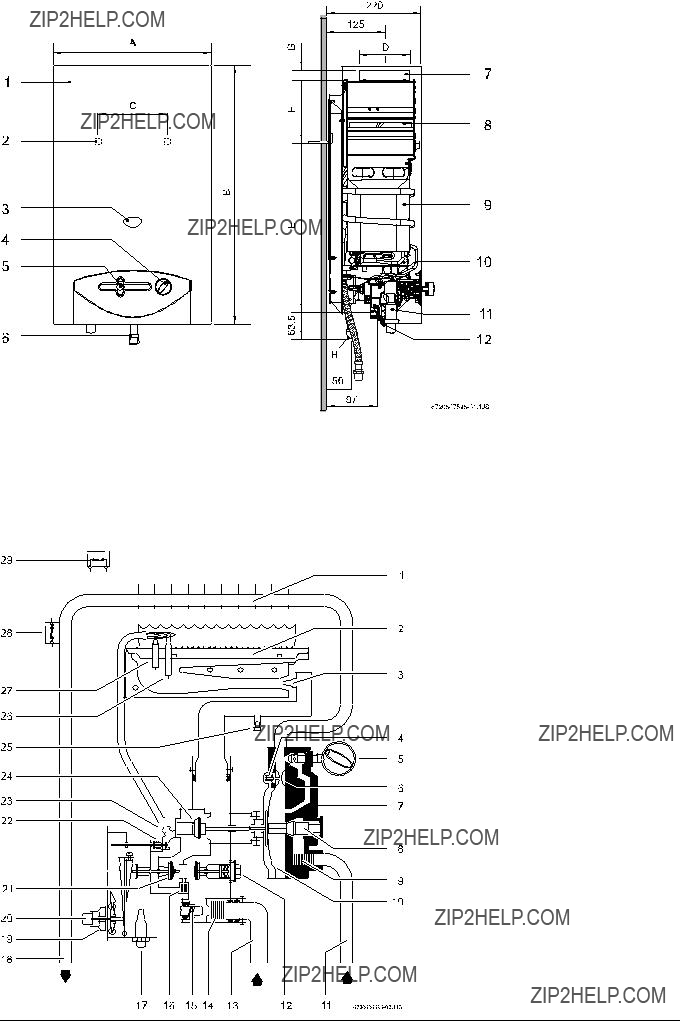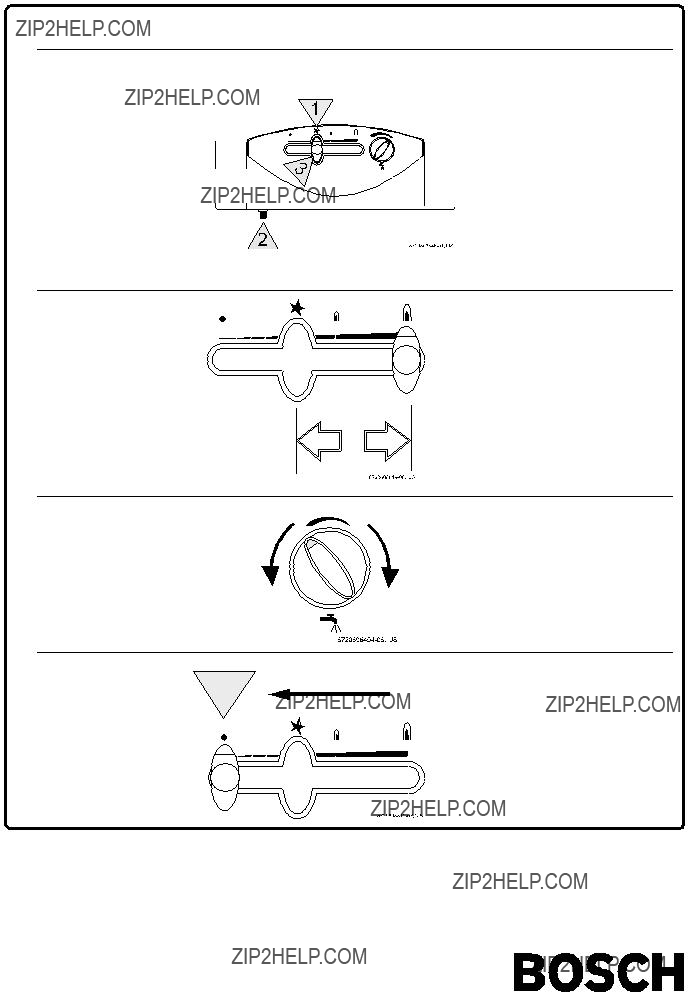3.Operation and maintenance
Sealed parts must not be interfered with.
3.1Function
This water heater is fitted with piezo ignition that provides for easy commissioning.
In first place it must dislocate the output control of the off position to the ignition position (see fig. 5).
Press in the slide control knob and subsequently press the piezo button. Release the slide control after about 15 seconds, if the pilot flame does not stay alight, repeat the operation.
Ignition may not be successful due to the presence of air inside the gas supply pipe, especially if first connected or after long inactive periods. In this case, keep the output control knob fully depressed until the gas pipe has been totally purged.
Slide the gas control slide fully to the right to obtain maximum output. Sliding the gas control slide to the left reduces the output.
In order to optimise energy consumption, adjust the output control to supply the minimum output required.
After following these procedures, ignition of the main burner will automatically take place whenever you turn on a hot water tap, since the pilot burner is permanently alight.
When you want to switch off the heater, move the slide control to the far left. After a few seconds the pilot flame will go out.
If there is a risk of freezing, switch off the appliance and drain the appliance.
Danger: the area in front of the burner can reach very high temperatures, and there is a risk of burning on contact.
3.2Water temperature control
The water temperature control is used to adjust the water flow rate, and thereby the water temperature, to the desired setting.
Turning the control clockwise reduces the water flow rate and increases the temperature; turning the control anti- clockwise increases the water flow rate and reduces the temperature.
If the temperature is set only as high as required, energy consumption is reduced and the likelihood of scale deposits in the heat exchanger minimised.
3.3Appliance adjustments
All instantaneous water heaters are factory-adjusted and require no further adjustment.*
Water heaters that use LPG (liquefied petroleum gas, i.e. butane/propane) are set to the operating pressure stated on the identification plate (2,8 kPa).
Natural gas appliances are set to a Wobbe Index of 15 kWh/ m3 and a supply pressure of 2.0 kPa.
* Sealed components must not be tampered with.
3.4Maintenance
The appliance should only be serviced by an approved engineer.
A complete overhaul should be carried out after two years.
The overhaul should involve thoroughly cleaning the heat exchanger, burner, pilot burner and automatic water valve filter.
If necessary, the inside of the heat exchanger and the connecting pipes should be descaled.
Check the gas and water valves for leaks and carry out a complete function check.
If components need to be replaced, use only genuine Bosch spare parts.
3.5Flue gas safety device
The recommition must be done from a qualified technician only.
The flue gas safety device must not under any circumstances be switched off, simulated or replaced by any other component.
Operation and safety precautions
The flue gas safety device checks the effectiveness of flue gas extraction by the flue. If it is inadequate, the appliance switches off automatically so that the combustion fumes do not escape into the room in which the appliance has been installed. The flue gas safety device resets after a cooling- down period.
If the appliance shuts down while in operation, ventilate the room. Wait about 10 minutes then restart the appliance. If the problem recurs, call an engineer. The user must never make any modifications to the appliance.
Maintenance
If faults occur on the flue gas safety device, proceed as follows:
-Undo flue gas safety device fixing screw.
-Undo magnetic unit connector
-Remove thermocouple.
Replace damaged component with new one and refit using the reverse of the procedure set out in the table above.
Function check*
Flue gas safety device function check:
-Disconnect flue pipe
-Replace with pipe (about 50 cm long) with sealed end
-Fit pipe vertically
-Start up appliance at rated output and set temperature control to maximum temperature.
Under those conditions, the appliance should shut down after two minutes. Remove temporary pipe and reconnect flue pipe.
* This work may only be carried out by an approved engineer.
3.6Converting to a different gas type
Use only the genuine Bosch conversion kit. Conversion may only be carried out by an approved technician.







